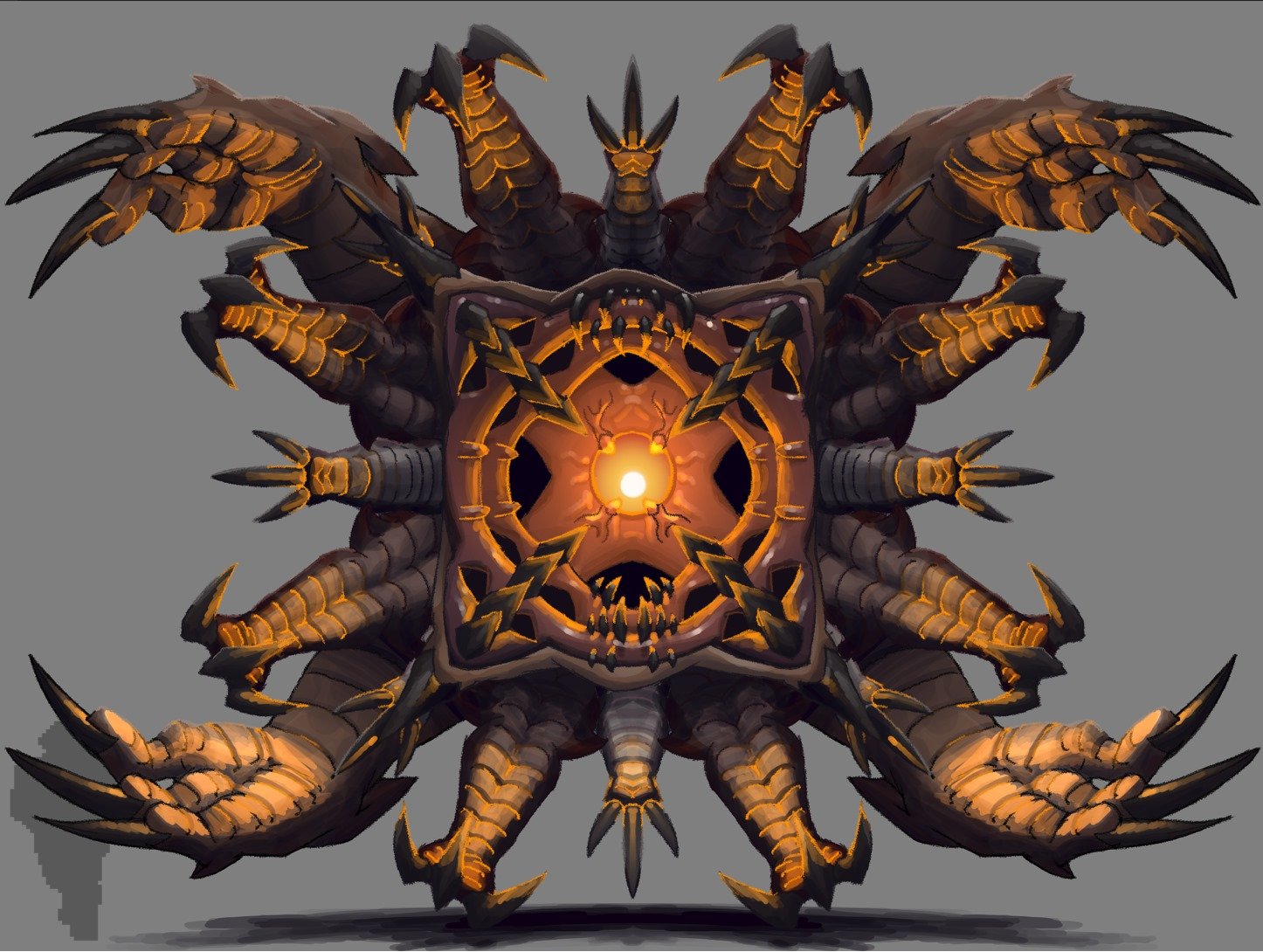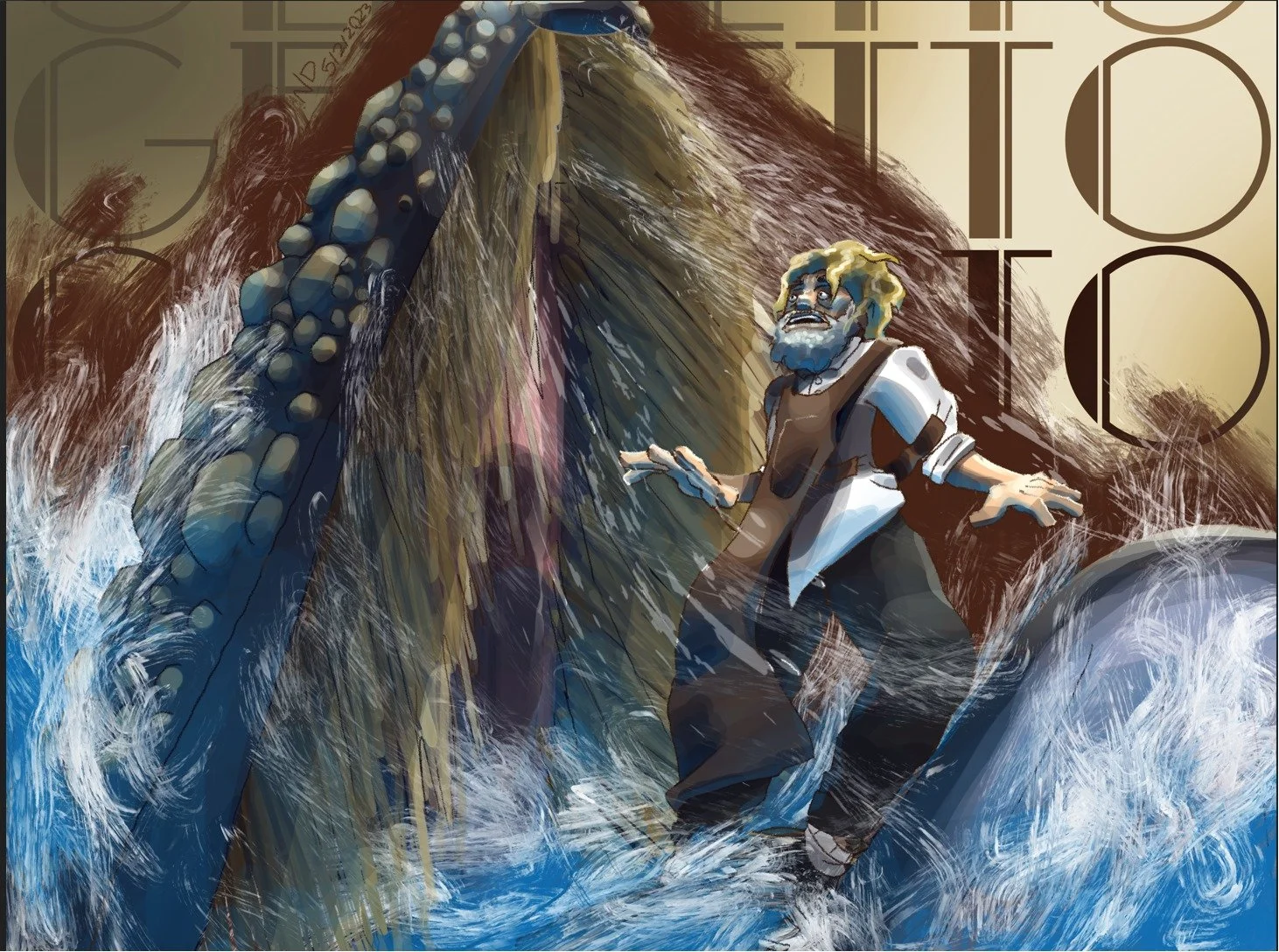Artist in conversation: Nitay Domingos
“my primary goal is to adapt art to diverse media forms”
Nitay Domingos is a neurodivergent artist whose work bridges the generations, cultures, and continents that shape his identity. Born in the United States into a family of South American immigrants with Italian roots, Nitay embodies the dreams and courage of his ancestors, who migrated from Italy to Brazil before his family established roots in the U.S. His art is a vibrant testament to the generational saga of chasing dreams, embodying the spirit of freedom and diversity that has been passed down through his lineage.
Nitay's approach to art defies conventional boundaries, refusing to be pigeonholed into a single genre or niche. His creations are a kaleidoscope of experiences, reflecting the rich tapestry of his multicultural background. The essence of his work lies in its diversity, serving as an ode to the legacy of courage and boundless possibilities that fueled his ancestors' journeys.
Despite the personal loss of his father to cancer in 2023, Nitay continues to cherish the free-thinking spirit instilled by his parents, using art as a sacred opportunity to express himself unrestrictedly. His pieces are not just artworks; they are tributes to those who paved the way, weaving their legacy into the very fabric of his creations.
What initially inspired you to become an artist, and how did you develop your unique style?
My artistic journey began with a childhood passion for drawing, but it was my dream of becoming a concept artist for games and media that fueled my pursuit of visual art. While I enjoy creating finished pieces, my primary goal is to adapt art to diverse media forms. In developing my style, I explore various sources, engaging in replication and experimentation to create a unique aesthetic. My current focus is on refining my skills for concept art, aiming for versatility across different platforms. Challenges in this process serve as constant inspiration, pushing me to expand my creative boundaries.
In terms of subject matter, what themes or motifs do you frequently explore in your work, and what draws you to these topics?
In my creative process, I prefer not to confine myself to a specific theme for extended periods. However, I derive immense satisfaction from crafting character, creature, and object designs. My artistic inclination leans towards both intricate and overdesigned styles, yet I find equal joy in exploring more minimalistic aesthetics. When developing designs intended for gaming, I conscientiously align the visual and mechanical aspects. For instance, if I conceptualize an enemy with a splash damage mechanic, I ensure that the character or creature visually reflects explosive attributes.
As a young creative artist, how do you stay open to experimentation and new influences while maintaining a cohesive artistic identity?
I've found value in occasionally creating designs that diverge completely from my typical style. This method allows me to assess whether there are elements worth incorporating into my usual aesthetic or if certain decisions don't resonate with me. When it comes to experimenting with themes rather than just focusing on style, I often turn to resources of the internet, nature or embark on trips to seek inspiration from random sources. I firmly believe that inspiration can be drawn from anything, irrespective of its immediate connection to a specific project or narrative. It's all about embracing the potential for inspiration in unexpected places.
Living between Tuscany, Florida, and Brazil, you are exposed to a wide range of cultural influences. How does the unique atmosphere of each location contribute to the evolution of your artistic style?
I draw inspiration from American media, infusing my work with a contemporary global perspective. The vibrant colorfulness of Brazilian culture adds a dynamic dimension to my creations. Tuscany is my serene sanctuary, where my home feels like a sacred temple, influencing my art with elegance and tranquility. I deeply appreciate and respect these three cultures as my own, creating a unique artistic identity that harmoniously blends their diverse influences.
How do you incorporate feedback from critics and audiences into your artistic practice, and how do you balance this feedback with your own artistic intuition?
I try my best to not try and get too sensitive when comes to criticism, but when I do face it, I usually try and understand what is the criticism about to see if: 1. If the criticism is valid, 2. If what they are criticizing was something intentional, and 3. If it was intentional how can I make it clear that it was intentional. I approach criticism with a focus on learning, growth, and continuous improvement in my art.
How do you stay motivated and inspired despite any setbacks or creative blocks you may encounter?
For me, it’s a lot of pushing through and either forcing yourself to look for inspiration or forcing yourself to finish a project you barely started. Just moving your hand to draw can already be motivational itself, as I think a lot of artists can relate with being intimated by a blank canvas.
Looking ahead, what are your long-term goals and aspirations as an artist, and how do you plan to achieve them?
My main goal with my art is to be a concept artist for games and animation. Working on my style and design and putting myself out to the world. Grow with the digital era with my own original material and I also want to remain a free thinker and work on my own indie projects.
How do you feel about exhibiting your artworks with The Holy Art Gallery?
I feel very excited about being able to move this aspiration from a hobby to something greater. It’s always great to put yourself out there, and I look forward to what this gallery and the world has to offer.
What role does emotion play in your creative process, and and how do you aim to evoke specific feelings or reactions from those who view your artworks?
A lot of what motivates me contributes to how a piece will end up, I think is how I’m feeling at the time. Making art is therapeutic for me.







